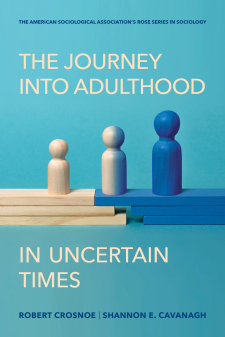Migration in the 21st Century: A Filipino Case Study
In 2010, the International Organization for Migration estimated that there were close to 214 million international migrants worldwide who supported a population back home that was just as big, if not bigger. Nearly forty million of these migrants have chosen the United States as their new home. The impact on the U.S. is profound not only because of how many have come, but also because of where they have gone, to new gateways like Orlando, Phoenix, Las Vegas and Washington D.C., which lack the institutions and traditions that historically have smoothed the way. Among these immigrants are close to two million foreign-born Filipinos; they now represent the fourth largest immigrant group in the United States by country of origin behind Mexico, China, and India.
In the Philippines, migration is strongly supported by the government, and officials cross the world trying to sell migrant labor and protect migrants’ rights. As a result, one in seven Filipino workers is employed overseas, with a million more workers departing each year. Permanent Filipino migrants are found in large numbers not only in the United States but also in Canada and across Europe and the Middle East. The Philippines’ culture of migration is distinctive but it also illustrates the broader theme of how migration is changing the globe. Many Asian countries have followed the Philippines’ lead in exporting guest workers.
After years of covering global migration for The New York Times, renowned journalist Jason DeParle will write a book on immigration and globalization, using the experience of one extended family of Filipino labor migrants as a case study. Recent research on the following topics, among others, will inform DeParle’s work: (1) the experience of immigrants in new destinations such as Galveston, Atlanta, Phoenix, and Nashville; (2) the ways in which second generation immigrants are adapting to life in the U.S.; and (3) the economic context for immigrants’ reception, which is one of growing inequality and poverty that makes it ever harder for those without education to succeed.





